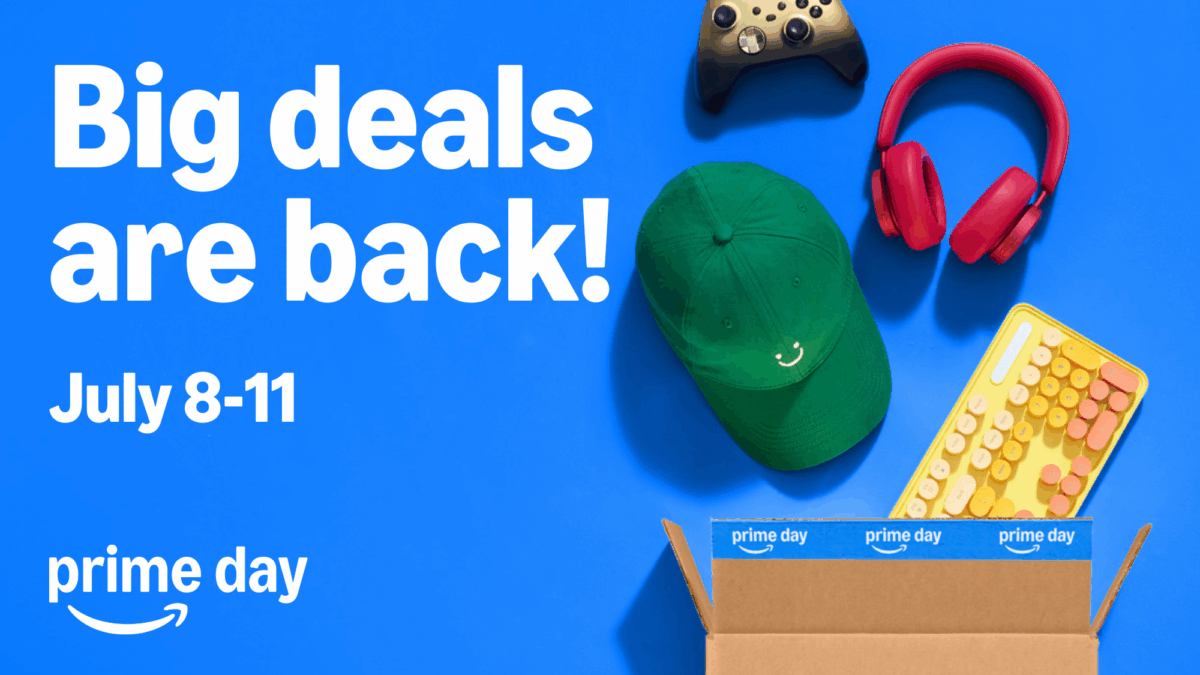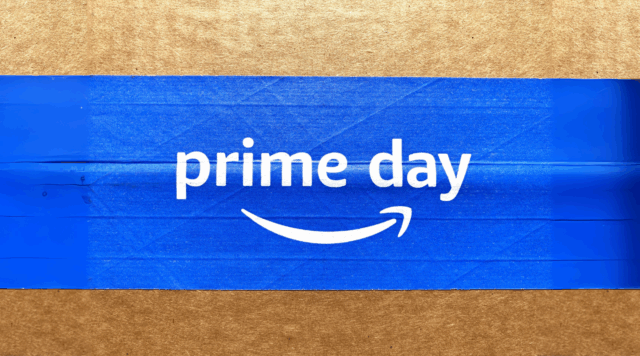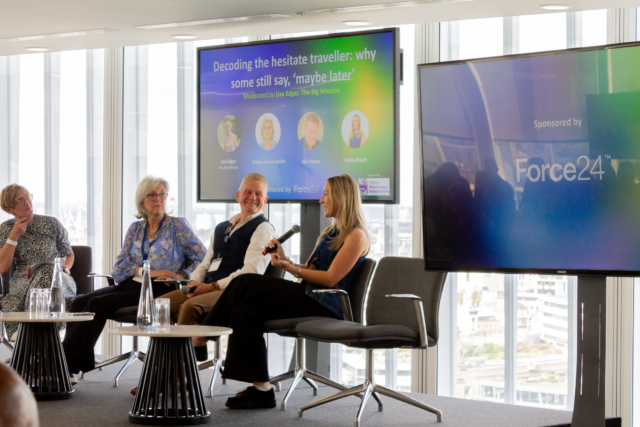Amazon’s Prime Day is just under a week away, and remains one of the most significant events in the retail calendar. However, this year brings some notable changes that marketers and advertisers must be prepared for.
A Longer, More Dynamic Event
For the first time, Prime Day will span four days—doubling in length from the usual two. Running from 8th to 11th July, this extended format introduces “Today’s Big Deals”, a new feature offering themed daily deal drops with limited-time, deep discounts.
This tactic is likely designed to encourage repeat visits throughout the event, as users return to discover what new products are featured in the daily “big deals.” Whilst day one has historically seen the highest sales volumes, this new structure could redistribute user activity more evenly across the four days, potentially softening the typical opening-day spike.

A Shift in Timing
This year’s Prime Day also arrives slightly earlier than in recent years, which have typically seen the event fall in the second or third week of July. Amazon’s strategy of shifting dates is often aimed at outpacing competitor promotions—but it can just as easily catch brands off-guard.
Brands must ensure they are Prime-ready well in advance, ideally from early June, with always-on lower-level spend to build platform learnings and audience pools.
Strategic Recommendations: Three Phases of Prime Day Planning
To maximise performance, we recommend structuring your strategy around three clear phases: Lead-In, Peak, and Lead-Out.
1. Lead-In Phase (Start ~3 weeks prior)
The goal here is to build consideration and fill cookie pools. This means encouraging users to view and add products to their carts in advance of the sales event. These behaviours help populate high-value retargeting audiences, while also giving campaigns time to optimise.
We advise activating this phase as soon as Amazon announces the Prime Day dates—but ideally, have campaigns running even earlier to begin building learnings before the promotional noise increases.
2. Peak Phase (8–11 July)
During Prime Day itself, expect extremely high traffic volumes—and equally intense competition. Real-time performance management is critical during this window. Advertisers should closely monitor pacing, adjust bids, and stay alert to shifts in user behaviour driven by the evolving “big deals” lineup.
3. Lead-Out Phase (Two weeks post-event)
Maintain elevated investment levels following Prime Day to capture delayed conversions. Some shoppers may hold off during the event if their desired product wasn’t discounted, making this a valuable window for retargeting. This year, the introduction of daily “big deals” may heighten that effect, as some users wait and ultimately miss out on offers altogether.

Final Thoughts
The extension and strategic repositioning of Prime Day this year mark a clear evolution in Amazon’s retail playbook. For advertisers, adaptability and preparation are essential. By activating campaigns early, managing them dynamically during the event, and sustaining pressure afterwards, brands can ensure they’re well-positioned to capitalise on this critical retail moment.
Disclaimer: This blog was written by the JAA team with the support of AI-assisted research and ideation tools in editing, including ChatGPT. All content was created and approved by a human author.



